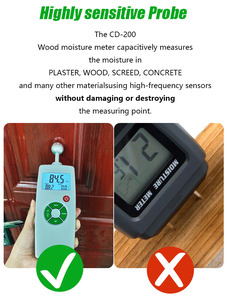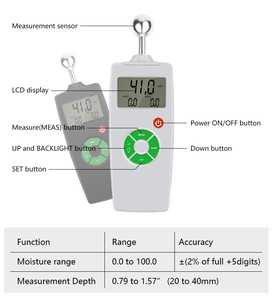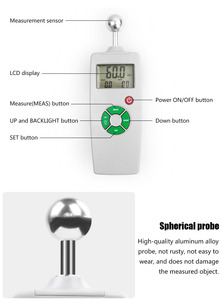Understanding Hygrometer Description
A hygrometer is a crucial instrument used to measure the humidity level, which is the amount of moisture present in the air. In various industries ranging from agriculture to meteorology, understanding humidity is pivotal for ensuring optimal conditions. Hygrometers come in several types and can be used in different applications, making them versatile tools for anyone looking to monitor environmental conditions effectively.
Types of Hygrometers
Hygrometers can be categorized into several types, each designed for specific applications and environments:
- Mechanical Hygrometers: These use materials that change shape with humidity levels, such as hairs or metal coils.
- Electronic Hygrometers: Utilizing sensors to measure moisture in the air, these are often digital and provide precise readings.
- Psychrometric Hygrometers: This type employs the principles of the wet-bulb and dry-bulb temperature readings to calculate humidity levels.
- Analogue Hygrometers: Featuring dial displays, these are easy to read and often favored in residential settings.
Applications of Hygrometers
Hygrometers serve a wide array of applications across various sectors:
- Agriculture: Maintaining optimal humidity levels in greenhouses can significantly boost plant growth and yield.
- HVAC Systems: In heating, ventilation, and air conditioning, hygrometers help automate systems to maintain comfortable indoor humidity for occupants.
- Food Storage: Monitoring humidity levels in food storage areas is essential to prevent spoilage and maintain quality.
- Museums and Archives: Controlling humidity is critical in preserving artifacts, books, and art pieces.
Features and Advantages of Hygrometers
The features of modern hygrometers enhance their functionality and user experience, offering distinct advantages:
- Accuracy: Advanced hygrometers provide precise humidity readings, essential for critical applications like scientific research.
- Digital Display: Many models come with easy-to-read digital displays that show current humidity levels clearly, often with additional features like temperature readings.
- Compact Design: Hygrometers are available in various sizes, making them easy to integrate into any environment—home, office, or industrial settings.
- Data Logging: Some high-end models include data logging capabilities, allowing users to track humidity changes over time for analysis.
- Durability: Built with robust materials, many hygrometers are designed to withstand harsh conditions, expanding their usability in diverse settings.
Conclusion
In conclusion, understanding the hygrometer description and its features is vital for anyone looking to monitor humidity effectively. From its numerous types to its wide-ranging applications, having the right hygrometer can significantly enhance operational efficiency in agriculture, HVAC, food preservation, and many other fields. Equipped with accuracy, user-friendly designs, and durability, modern hygrometers are indispensable tools for maintaining optimal environmental conditions.






















































